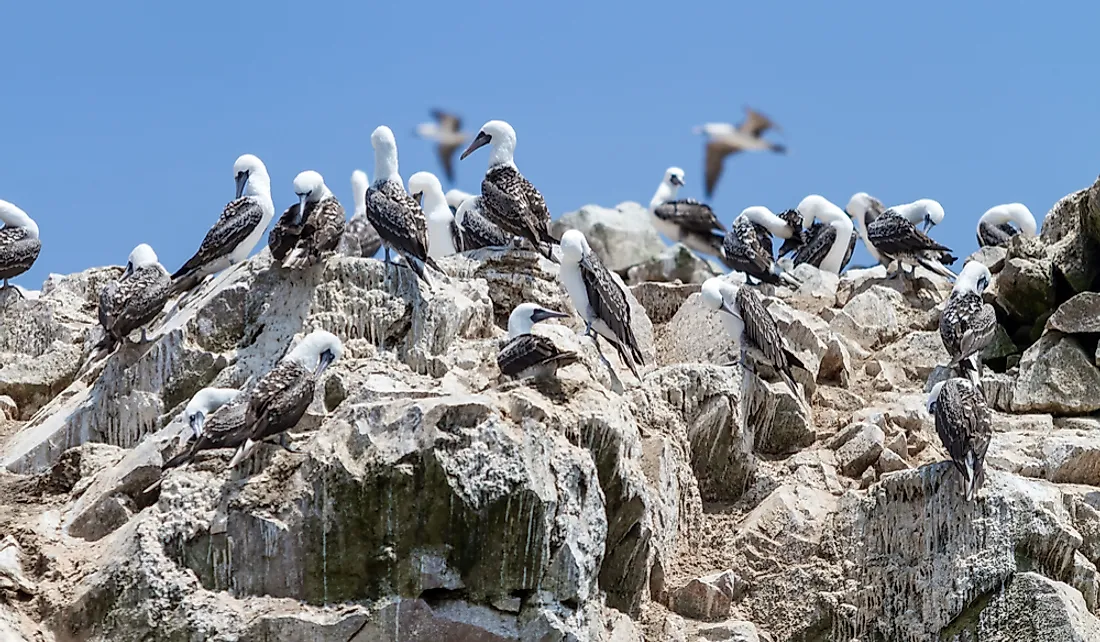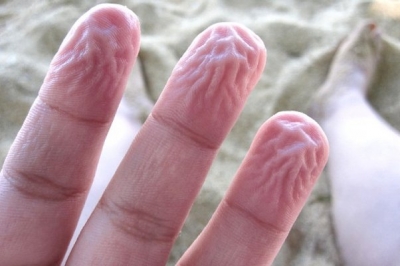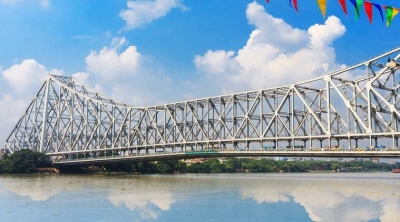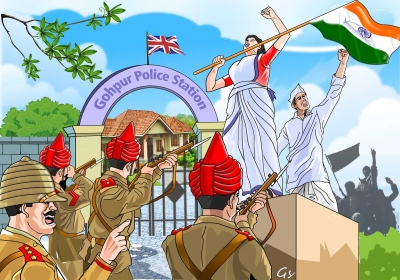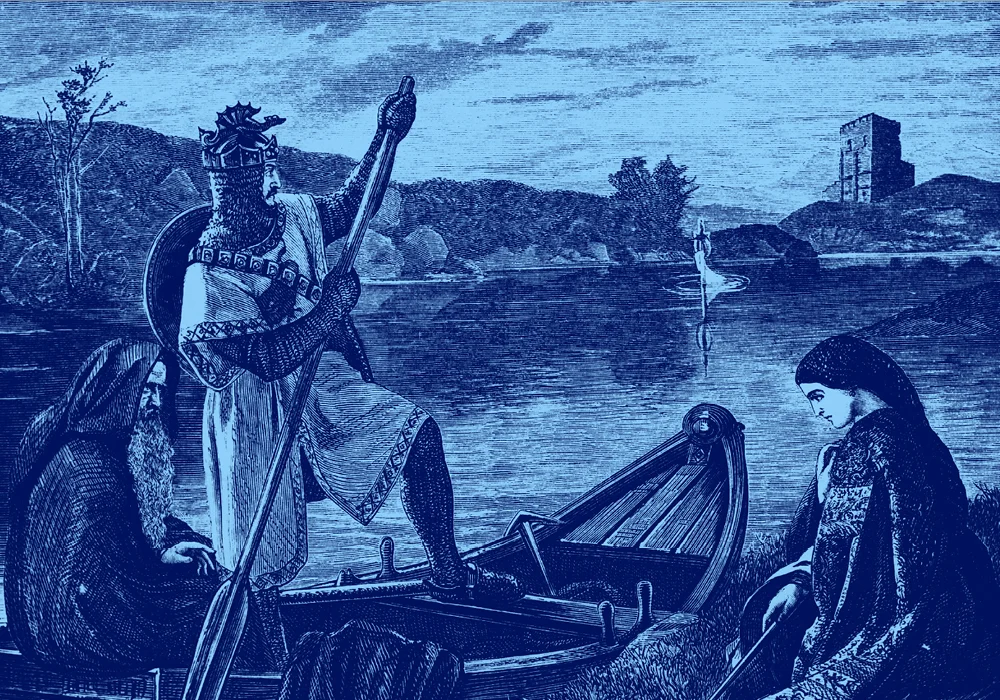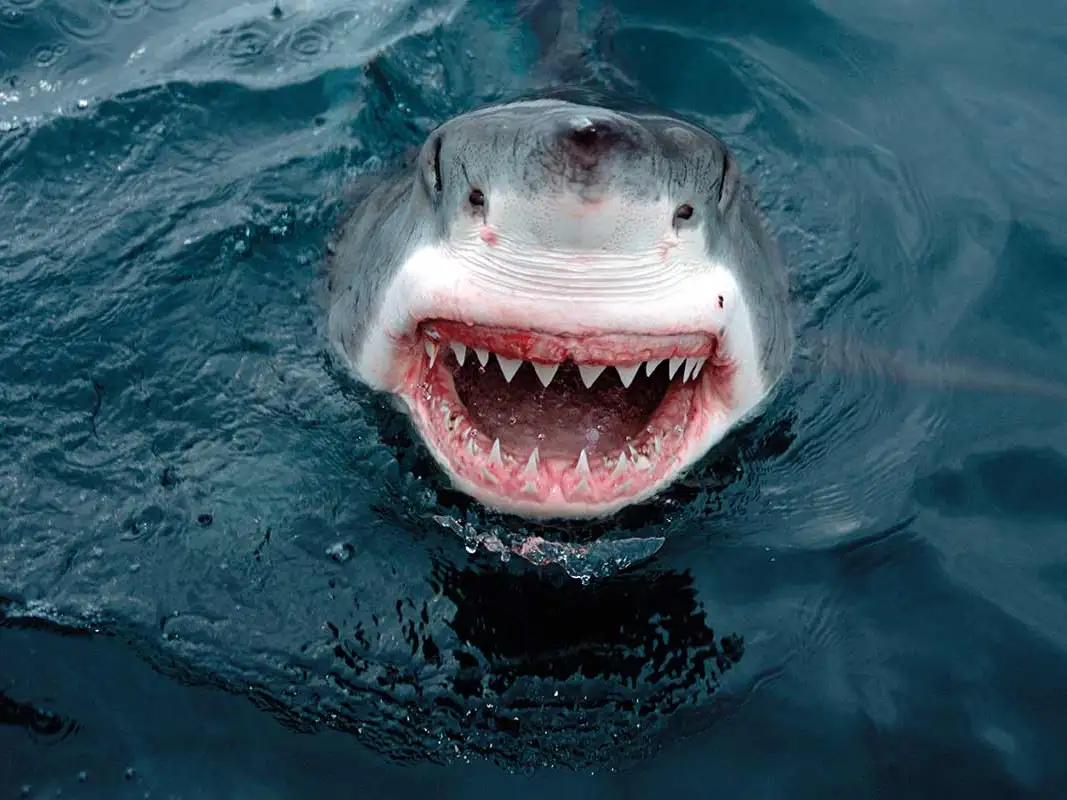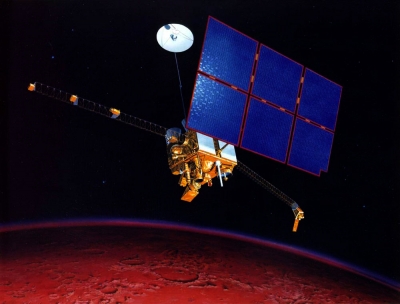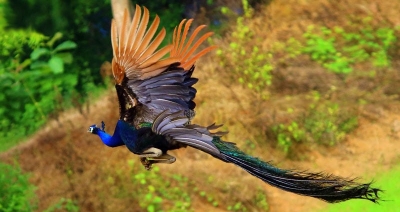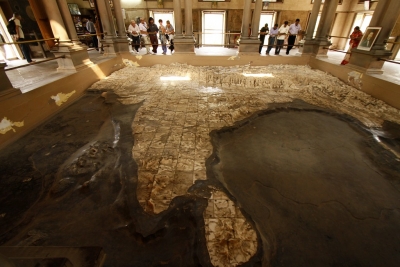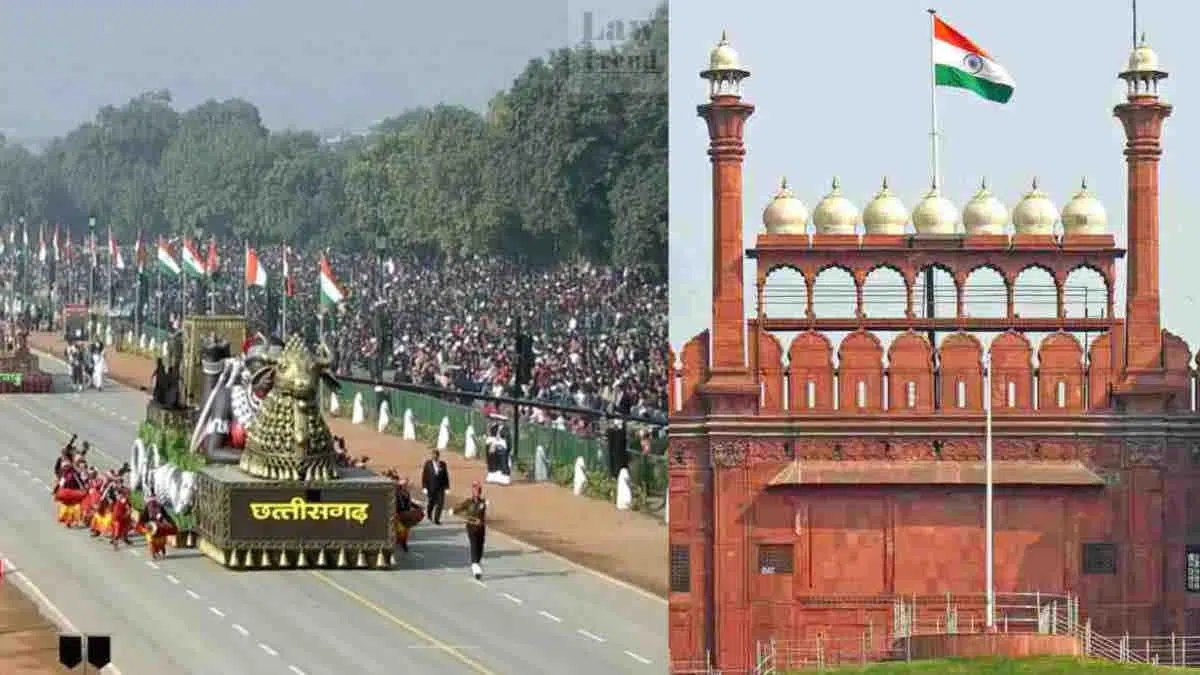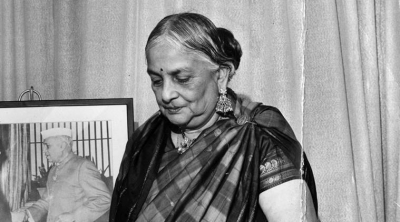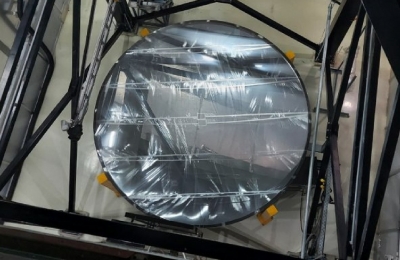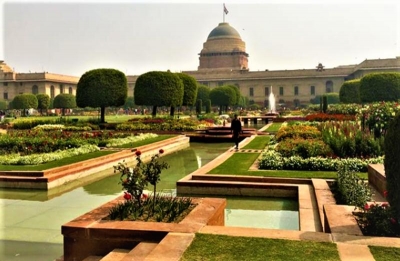
The Mughal Gardens at Rashtrapati Bhavan has more than 159 celebrated varieties of roses, making it one of the best rose gardens in the world. The roses blossom primarily in February and March. Some are named after famous personalities and places like Mother Teresa, Raja Ram Mohan Roy, Abraham Lincoln, John E Kennedy, Queen Elizabeth, Jawaharlal Nehru, Christian Dior, Arjun and Bhim, Taj Mahal, Eiffel Tower, Oklahoma (black rose), among others. The garden also hosts roses with interesting names such as American Heritage, First Prize, Kiss of Fire, Black Lady, Paradise, Blue Moon, Lady X, Scentimental, Double Delight, Ice Berg, Summer Snow and Rose Sharbat.
Sir Edwin Lutyens had finalized the designs of the Mughal Gardens as early as 1917, however, it was only during the year 1928-1929 that plantings were done. His collaborator for the gardens was Director of Horticulture, William Mustoe. Like the building of Rashtrapati Bhavan have two different styles of architecture, Indian and western, similarly, Sir Lutyens brought together two different horticulture traditions together for the gardens, the Mughal style and the English flower garden. Mughal canals, terraces and flowering shrubs are beautifully blended with European flowerbeds, lawns and private hedges.
In Christopher Hussey’s The Life of Sir Edwin Lutyens, Sir Lutyens’ wife has written that the garden was a “paradise.” She added, “…flowers are set in such masses, producing a riot of colour and scents, that, when, with the fountains playing continually, there is not the least sense of stiffness. The round garden beyond beats everything for sheer beauty and is beyond words."
The Mughal Gardens had up till now been opened for the public only during the annual festival, Udyanotsav, held in the months of February-March but Mughal Gardens, which forms the third Circuit of Rashtrapati Bhavan tour, will now be open for the public from August till March.The prime attractions of Udyanostav 2016 were Tulips and Primulas.
Rose remains a key feature of the Mughal Gardens even today. The Gardens boasts of growing 159 celebrated varieties of roses which blossom primarily in the month of February and March. They include, Adora, Mrinalini, Taj Mahal, Eiffel Tower, Modern Art, Scentimental, Oklahoma (also called black rose), Belami, Black Lady, Paradise, Blue Moon and Lady X. The Mughal Gardens also include roses named after people of national and international fame such as Mother Teresa, Raja Ram Mohan Roy, Mr. Lincoln, John F. Kennedy, Jawahar, Queen Elizabeth, Christian Dior amongst others. Arjun and Bhim, from the Mahabharata, also find place in the presidential palace.
Apart from roses, tulips, Asiatic lilies, daffodils, hyacinth and other seasonal flowers beautify the gardens of Rashtrapati Bhavan. There are more than seventy varieties of seasonal flowers including exotic bulbous and winter flowering plants. The garden also grows 60 of the 101 known types of bougainvilleas. Edging and flowering of flower beds is done with alyssum, daisy, pansy etc. The grass that covers the garden is the doob grass, which was originally brought from Calcutta (now Kolkata) when the Mughal Gardens was being planted. The Gardens has almost 50 varieties of trees, shrubs and vines including Moulsiri tree, Golden Rain tree, flower bearing Torch Tree and many more. At present over three hundred permanent and casual employees are deployed for the development and maintenance of the gardens of Rashtrapati Bhavan.
The vast grounds of the President’s Estate are not only used for leisure and recreation. Its occupants have ensured that the open space of the Estate is utilized in an efficient manner. Starting from C. Rajagopalachari, who was the first Indian resident of Rashtrapati Bhavan, each resident of the Rashtrapati Bhavan has contributed to the vast Estate in their own manner. During the time of C. Rajagopalachari, a portion of the grounds was used to cultivate wheat, as a gesture to address the problem of shortage of food in the country. President Kalam had contributed by making Herbal Gardens, Tactile Gardens for the visually handicapped, Musical gardens, Bio-Fuel Park, Spiritual and Nutrition garden and more. The Bonsai Garden and nature trails in Rashtrapati Bhavan were President Pratibha Patil’s contribution along with Project Roshini which aimed at making the President’s House an environment friendly habitat by efficient use of resources and use of renewable energy sources. Rainwater harvesting for recharging groundwater in the presidential estate was done by President K.R. Narayanan in collaboration with the Centre for Science and Environment.
The most remarkable expression of democracy has been opening up of the gardens and grounds for the public. Circuit three of the tour takes us through the pristine Mughal Gardens of Rashtrapati Bhavan that have been designed as three successive terraces. It is said that the large geometrical designs of the garden can only be appreciated from the first story of the building. First being the Rectangular Garden, followed by Long Garden and finally the Circular Garden.
Credit : Rashtrapatisachivalaya
Picture Credit : Google
